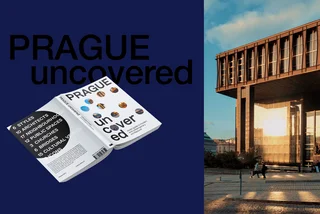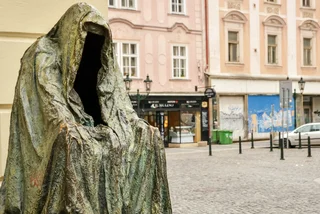The Czech Republic and its drug scene has a unique and interesting history, which should be considered when addressing the current state of the Czech drug culture. During the communist regime, recreational/illicit drugs and their consumption were pretty much ignored as the state refused to acknowledge their existence. This resulted in a real lack of concrete policy or preventative measures for the country. By the fall of communism, a change was forced with the new global threat of HIV which could be contracted through the use of dirty needles. The newly appointed Czech government went about drawing up balanced legislation with the help of sociologists and health experts. In December 2009, that legislation got a revamp as the government adopted new laws which took effect in January 2010. The Czech press was quick to criticize the new laws, labeling them as being too liberal and overly sympathetic to the users of illicit drugs, which they feared would in turn, increase not only the number of users but also the number of drug-related crimes.
Only last month, Nova.cz published an article announcing the Czech Republic as one of four countries with the highest growth in cannabis users. The article went on to state that Czech daily users, aged 15-34 made up a number as high 60,000 from the country’s 10.5 million population. Marijuana consumption and personal production is not seen as a pressing problem for the country. Marijuana users are considered unlikely to commit crimes to purchase the drug and the grey area around the negative effects of prolonged use mean that it is currently viewed as relatively harmless when compared to other illegal drugs. The 2009 change in law allows an individual to possess up to 15 grams of the drug or 5 plants. A similar view is taken with regard to both cocaine and ecstasy. A profile similar to that of the marijuana user, the ecstasy user in the Czech Republic is likely to be between 15-28, a student or worker with no criminal record or criminal background. Again, the user is unlikely to commit crimes while using the drug or in order to get hold of it. In my experience all of these “recreational drugs” are taken openly in bars and nightclubs across the country by clubbers and party-goers who are more often than not, normal functioning members of society by Monday morning after a weekend of vice.
So what is the story from the authorities’ point of view? Has the 2009 change in legislation resulted in a rise in drug users and/or drug related crime? I met with col. Břetislav Brejcha of the National Drug Headquarters of Criminal Police and Investigation Service to pose these very questions.
Břetislav Brejcha started his career as a detective after working his way up the police ranks to the col. position he currently holds. He told me that recent studies show that cannabis, methamphetamine, heroin, ecstasy and cocaine are the most commonly used illegal drugs in the Czech Republic. I asked him about the changes to legislation in 2009. He believes that the current law system was “misinterpreted by the Czech press”, who he says were too quick to label the change in legislation as “liberal or unclear”. Brejcha stated under no uncertain terms that, “the law is clear and transparent”. It simply shifts severe punishment from misdemeanor offenders and focuses instead on larger distributors and cultivators. Brejcha credited the Czech police and their recent on-going collaborations with surrounding foreign police forces (Austria, Germany) where the exchange of information often leads to successful imprisonment or break up of large drug rings.
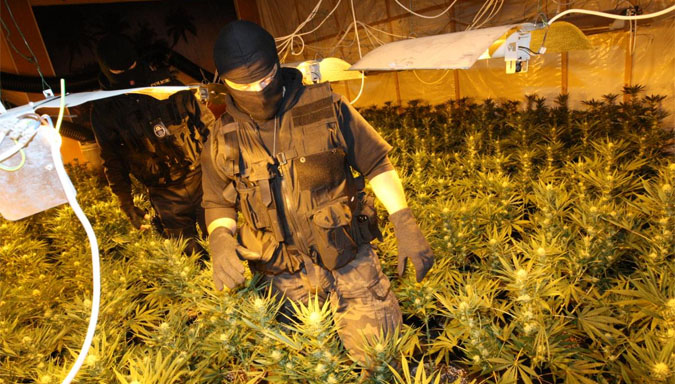
Břetislav was candid and honest about the problem areas in the Czech Republic. Both the large indoor grow houses cultivating high level THC marijuana (content level 15-20% THC) and large scale methamphetamine production and distribution are the key areas of focus. He was equally frank when identifying specific ethnic groups and their connection with particular illicit drugs. His department’s data clearly linked certain minority groups to particular drug offences. For example 30% of marijuana grow houses uncovered in 2010 were operated by members of the Vietnamese community, quite a staggering statistic considering the Vietnamese population is estimated at just 0.7% of the country’s population as a whole.
As Brejcha explained, drug related crimes are divided into two main categories: primary and secondary drug crime. A primary drug crime is generally invisible to the general public, focusing on trafficking and mass production. The crimes committed within the secondary category have a more visible and direct effect on the community such as theft and burglary (both domestic and vehicle) and serious anti-social behavior. Břetislav attributed these secondary drug crimes largely to the users of methamphetamine and/or heroin. Břetislav explained to me that users of methamphetamine are able to legally purchase a worrying number of over the counter medicines containing pseudoephedrine which is commonly used in the production of methamphetamine.
Brejcha’s data (generated from police arrests and investigations) showed very little change in the numbers of secondary drug crime between 2009 and 2011. This surprised me in light of the media’s “liberal law” hype. Further research revealed that the police are unable to label, attribute or document crimes committed by offenders they suspect as being drug users. This means that unless the offender happens to be in possession of an illicit substance at the time of arrest the law cannot label them as users or addicts. This would clearly have a profound effect on the figures relating to secondary drug crime in this country.
Brejcha would like to see a more responsible stance from the Czech press, rather than the current sensationalism. Of course this is easier said than done as we all know sensationalism sells papers. My time at the National Drug Headquarters of Criminal Police and Investigation Service was enlightening, but would I get a different point of view from a person on the street level? Someone working with the drug users rather than seeking to convict them? Do the police statistics match the streets reality? Part two of my article addresses these questions and more.
Current Possession Law (Possesing these amounts is still an offense and can be fined up to 15 000CZK):
Marijuana – 15 grams (or five plants)
Hashish – 5 grams
Magic mushrooms – 40 pieces
Peyote – 5 plants
LSD – 5 tablets
Ecstasy – 4 tablets
Amphetamine – 2 grams
Methamphetamine – 2 grams
Heroin – 1.5 grams
Coca – 5 plants
Cocaine – 1 gram
Interested in stats? Find Annual Reports from the National Drug Headquarters here.
A blog dedicated to Cannibis in Prague following changes to the law http://smokinginprague.weebly.com/
Related articles











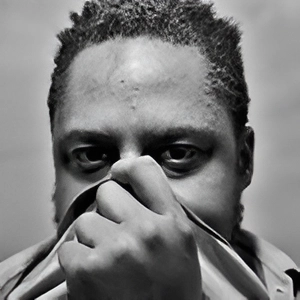
 Reading time: 5 minutes
Reading time: 5 minutes 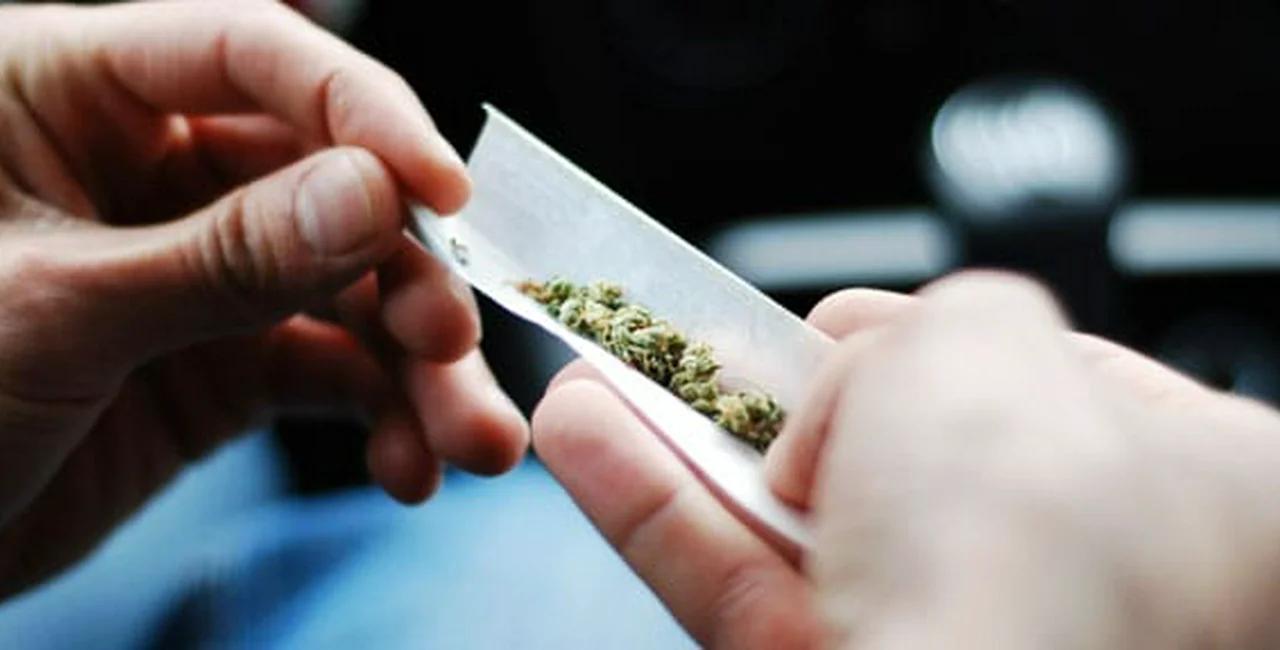

 Polish
(Proficient)
Polish
(Proficient)


